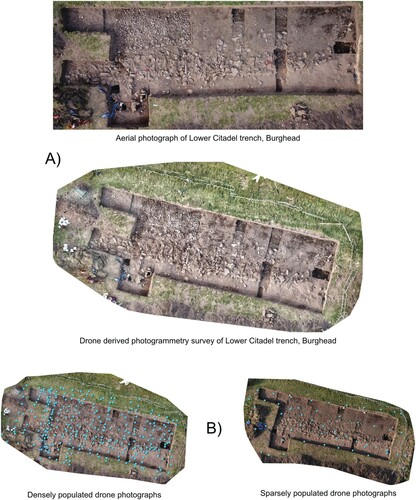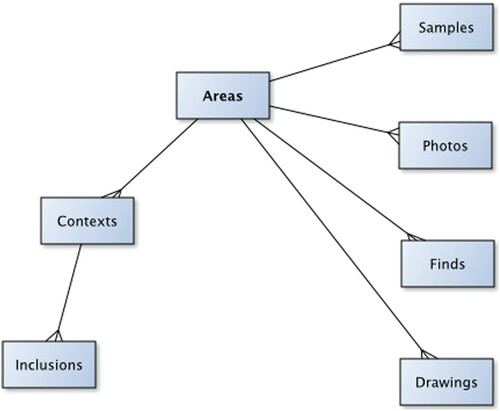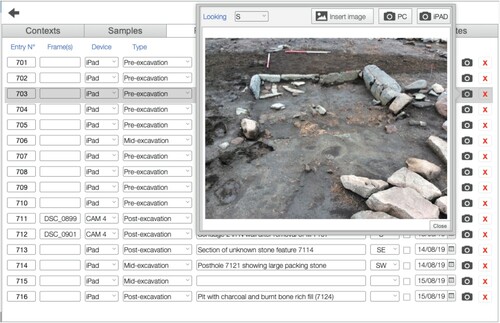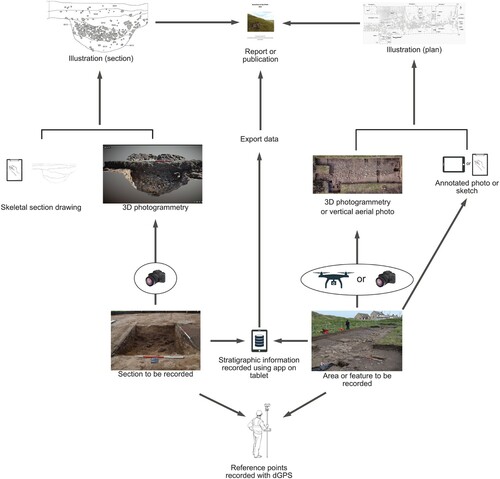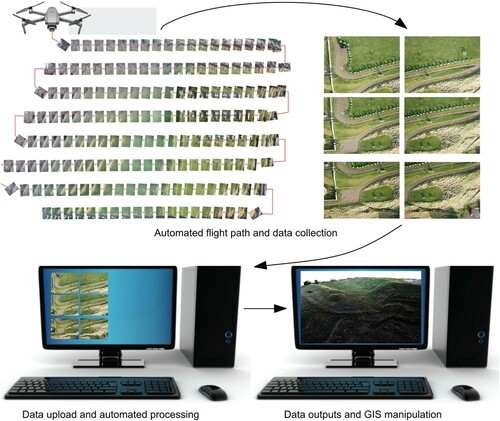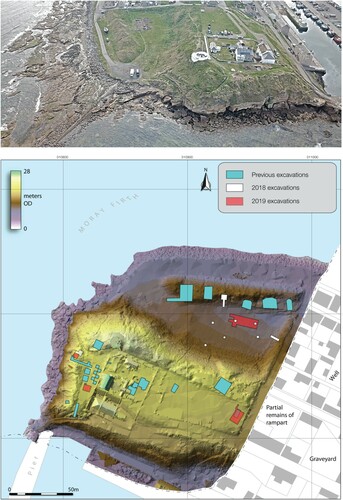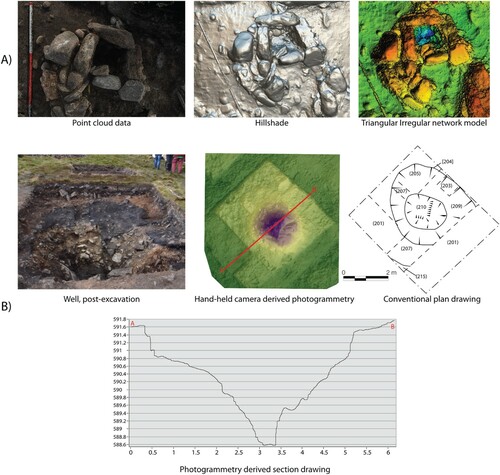Figures & data
Figure 1. Map showing interventions carried out by the Comparative Kingship Project in Scotland (2017–2020).
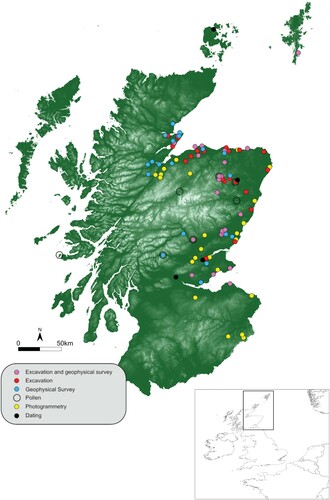
Figure 3. Excavation “Area” data page showing the “Context” list tab. Green numbers indicate the context data entry has been approved by a supervisor. The pencil button takes the user to the relevant recording form type (deposit/fill or cut).
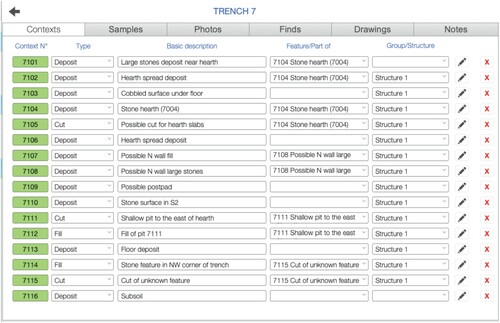
Figure 4. A) Context forms for recording deposits/fills and B) cuts, showing the combined use of text entry, graphics, and help prompts.

Figure 7. Site plan generated from single vertical drone shot. A) Aerial photograph of Lower Citadel trench, Burghead; B) digitally annotated photograph during excavation on tablet; C) final site plan.
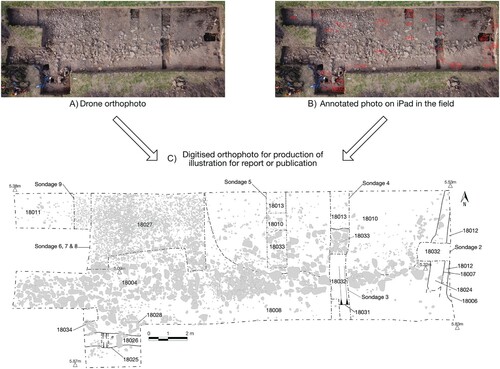
Figure 10. A) Comparison of orthophoto and photogrammetry model and B) comparison of photogrammetric models.
